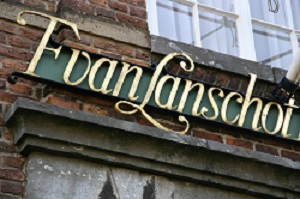Abstract
This case follows the Dutch bank Van Lanschot’s journey through a major restructuring. Hit hard by the financial crisis, Van Lanschot wanted to reduce its loss-making business banking division by half within five years and refocus on the more profitable wealth management services for private clients. Rob Van Oostveen was put in charge of the restructuring. His task was to establish a new Corporate Bank division that would take in most of the business banking activities and gradually reduce the business, clients, as well as employees. How did he handle this unpopular and challenging task? Moreover, how did he manage to do it successfully – not just shrinking the business, but also getting the people who were about to become redundant still working with him effectively? The case consists of three parts. Part 1 shows how Van Oostveen identified the organizational changes to be done; Part II describes how he developed a unique strategy to achieve the changes and how he led his team to implement this strategy; Part III presents his personal reflection on the key learning of being a good change manager. Combined, these three parts afford a holistic picture of an organization’s restructuring process and the typical challenges that the change manager would encounter. By addressing these challenges candidly, this case provides valuable insights to anyone who is involved in or concerned about change management.
Citation Note
Based on field research; 3 pages.
Follow the 'handle' link to access the Case Study on RePub.
For EUR staff members: the Teaching Note is available on request, you can contact us at rsm.nl/cdc/contact/
For external users: follow the link to purchase the Case Study and the Teaching Note.
Objective
After discussing the case, students should be able to: 1. Recognise the organisational requirements of the past versus those of the future when the corporate strategy changes. 2. Adapt the organisational structure to the change in corporate strategy. 3. Design a coherent set of objectives to manage change more effectively.
